Where Mica Once Mattered
There was a time when a pit on Isinglass Mountain quietly supplied mica for stove windows and lamp chimneys across the Northeast.
Not many think of Grafton, New Hampshire, when they hear "industrial backbone," but up that steep climb and past those winding roads sat Ruggles Mine, first tapped more than 200 years ago.
The name has stuck, even as ownership, use, and ambition around it changed. The rocks haven't moved. People still talk about what they pulled from them.
Early Claims and Mica Salesmanship
Ruggles Mine began as a commercial operation under Boston merchant Sam Ruggles, who first bought land on Isinglass Hill on July 5, 1805.
The idea that he started mining in 1803 exists mostly in local lore; his recorded land purchases came later, with additional parcels acquired in 1806 and 1810.
He never lived in New Hampshire but managed the mine from Boston, hiring labor locally while running a storefront and warehouse where he sold mica under the trade name "sheet isinglass."
By 1825, Ruggles had taken out newspaper space in the Boston Semi-Weekly Advertiser to promote his stock.
By 1831, he was listed in the Boston Directory solely as a merchant of sheet isinglass.
His mica supplied industries that needed heat-resistant, transparent material, products like stove doors and lantern covers.
The operation remained in the family. Sam sold the mine to his son, George Haskell Ruggles, in 1834.
After Sam passed away in 1843, George kept the business running until his passing in 1863.
By then, mica output had scaled. In 1869, over 26,000 pounds left the mine annually.
For a time, Ruggles Mine stood as a practical answer to the question of what to do with a hill full of minerals.
Later, their nephew Joseph D. Gould took over as trustee, but tensions among heirs forced him out by 1879.
The final years under family control were marked by bankruptcy and disputes, ending in 1896.
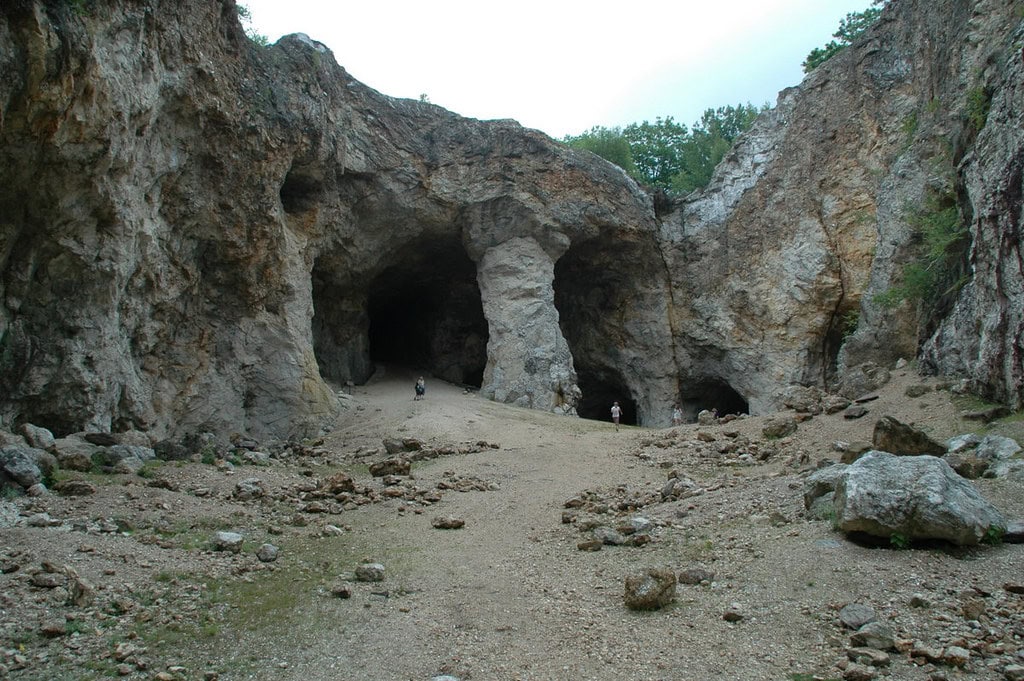
New Materials, New Buyers
By the early 20th century, Ruggles Mine had outlasted its founding family and moved into a new phase, shaped by different materials and commercial buyers.
Mica stayed in the picture, but it no longer carried the entire operation. Feldspar entered the mix in 1912.
That shift aligned with new industrial demand; feldspar served as a scouring agent in the Bon Ami cleaning line and became common in ceramic glazes.
From 1932 to 1959, the Bon Ami Company directly operated the mine.
Their crews extracted up to 10,000 tons of feldspar each year, moving truckloads down the mountain for processing.
The volume alone helped keep the mine active even as mica markets tightened.
Meanwhile, mica itself started showing up in cosmetics, electrical insulation, cement block manufacturing, and asphalt roofing.
These newer uses stretched its appeal past stove windows and lantern glass.
Production records showed steady yield into the 1960s.
By then, the estimated total value of mica taken from the mine reached about $12 million.
Beryl also entered the picture, which is used in alloys and nuclear applications, and added some value to the mineral mix.
The mine was no longer tied to just one buyer or one product.
It supplied several industries with raw materials that had been sitting underground since the Devonian period, about 350 to 400 million years ago.
But overseas supply chains changed everything. Foreign mica came cheaper, faster, and in greater quantities.
By 1960, the owners decided to sell.
Tourist Pricing and Rock-Hammer Weekends
When Arvid and Geraldine Wahlstrom bought Ruggles Mine in the winter of 1960 for $20,000, they were buying both a hill and an idea.
The mine had value, but not the kind that showed up on a spreadsheet.
They didn't plan to resume industrial extraction. By 1963, they had repurposed the site and opened it to the public.
Instead of hauling minerals to factories, they let visitors walk in with buckets and hammers and leave with whatever they could carry.
The concept was simple: pay admission, take a walk into the pit, break off what you could find, and take it home.
No equipment beyond hand tools. No processing or weighing. Just physical access and a loose limit based on bucket size.
What drew people in wasn't a polished exhibit; it was the space itself.
The open pit cut into Isinglass Mountain, the old tunnels and chambers, and the occasional trickle of water echoing in a corridor.
Amethyst, garnet, feldspar, smoky quartz, and even occasional flakes of uraninite or torbernite turned up in the rock.
By the 1980s, it had become a regional stop for rockhounds and summer vacationers.
Mineral clubs from across New England made annual visits.
The business model lasted longer than most roadside ventures.
Ruggles Mine stayed open every summer from mid-May to mid-October, year after year, until 2015.
After five decades, the flow of visitors thinned, and maintenance costs caught up.
By 2016, the gate was locked, and the property was listed for sale again.
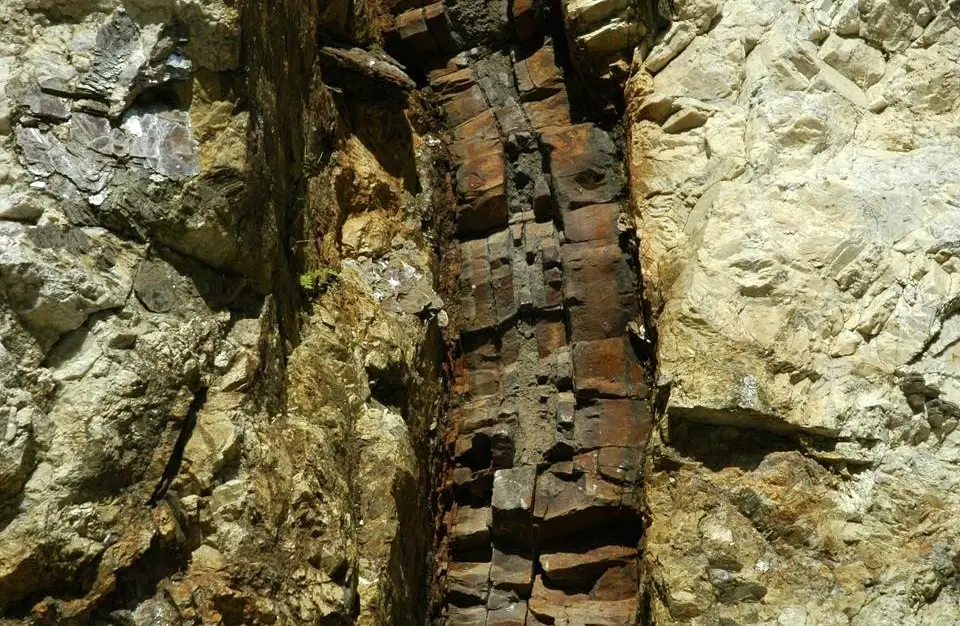
Shuttered Gates and State Park Talk
Once the mine closed in 2016, questions started circulating quickly about preservation, future use, and whether it would simply decay into the hillside.
The property had already served two roles across two centuries.
Still, by the late 2010s, no new buyer had stepped up with a workable plan.
That's when local voices raised the idea of converting Ruggles Mine into a state park.
In 2018, an online petition gained traction.
Supporters weren't pitching a full overhaul. They wanted to preserve the site, maintain public access, and limit development.
Some believed the state should step in and operate the mine as a public resource.
The New Hampshire State Park Advisory Council reviewed the idea.
As of 2019, no formal acquisition had been approved.
Ownership, meanwhile, changed hands again. In September 2019, the Searles family sold the property to Exciglow LLC.
The company was described as being affiliated with a production group, though little else was made public at the time.
During this period, access remained closed. Hikers could still see parts of the ridge from the surrounding land, but the mine itself was locked down.
Then, in July 2023, Joe Bodge, based in New Hampshire, purchased the property.
No large announcements followed, but by early 2024, work crews had been spotted at the site, clearing paths and installing signage.
Something was in motion again, though nobody said exactly what was coming.
Limited Schedule and Tool-Free Collecting
The gates reopened on June 21, 2024, with quiet terms and fixed conditions. No media blitz. No full-time calendar.
Ruggles Mine began operating under a weekend model, Fridays and Saturdays from 9 am to 5 pm, Sundays from 9 am to 3 pm.
Admission ran $30 per person, with children under 10 admitted free.
Each guest could collect one five-gallon bucket of rock and mineral material.
Once that was filled, collecting stopped.
For safety and insurance reasons, visitors weren't allowed to bring hammers, chisels, or power tools.
The rule applied to everyone except insured mineral clubs with prior permission.
Their members could access deeper collecting zones and use equipment under supervision.
The general public could walk, observe, and gather loose material only in designated areas.
Camping returned too, $10 per person per night, tent or RV.
Facilities stayed basic. Dogs were allowed on leashes. No fires. No amplified music.
The emphasis was on simplicity. Visitors either respected the land or didn't come back.
By fall 2024, the first reactivated season had ended.
The mine announced it would reopen around Memorial Day weekend in 2025.
No changes to the format were listed. There were no seasonal jobs posted, no visitor center plans, and no mention of weekday expansion.
As of May 2025, Ruggles Mine remains closed, with updates promised closer to summer.
The road still climbs up Isinglass Mountain. The pit still waits behind the locked gate.
The pattern has resumed, but only on weekends, only in-season, and only if the weather holds.
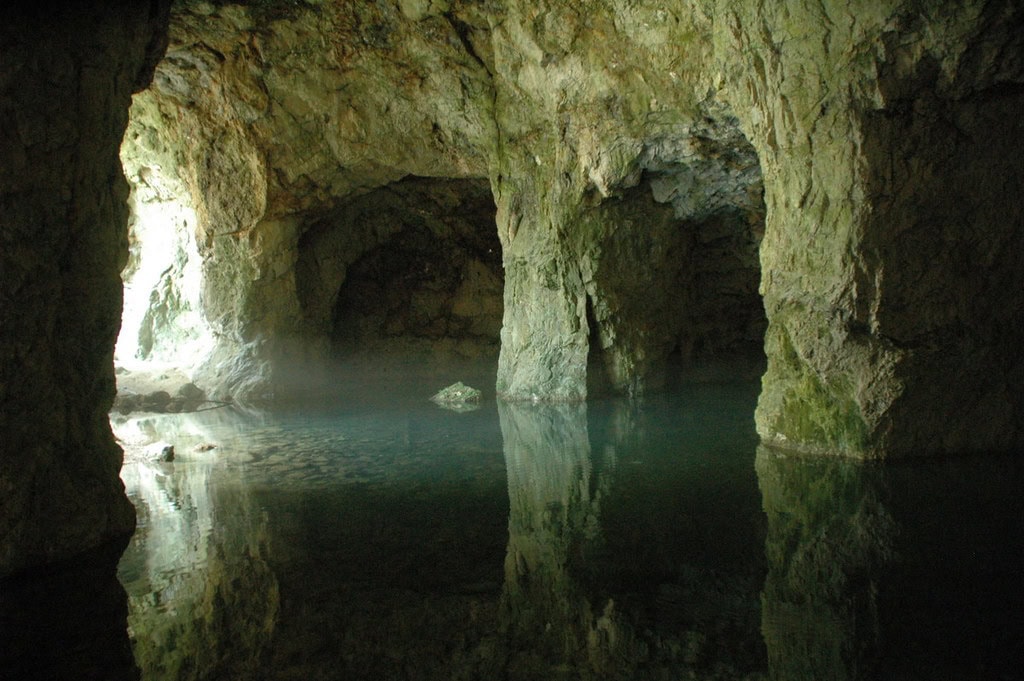
🍀

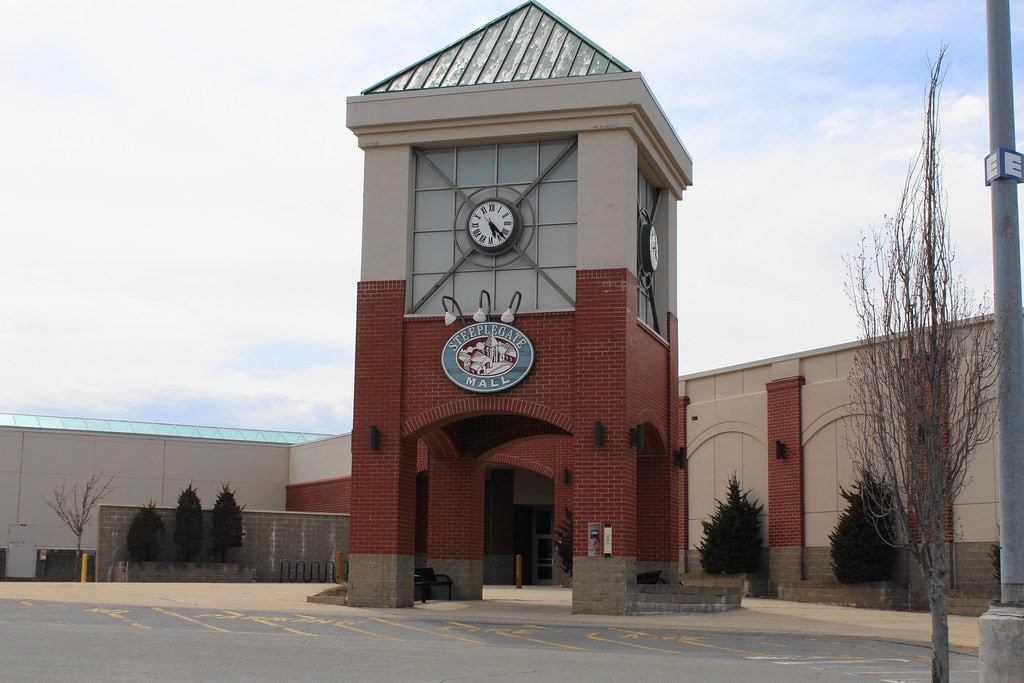
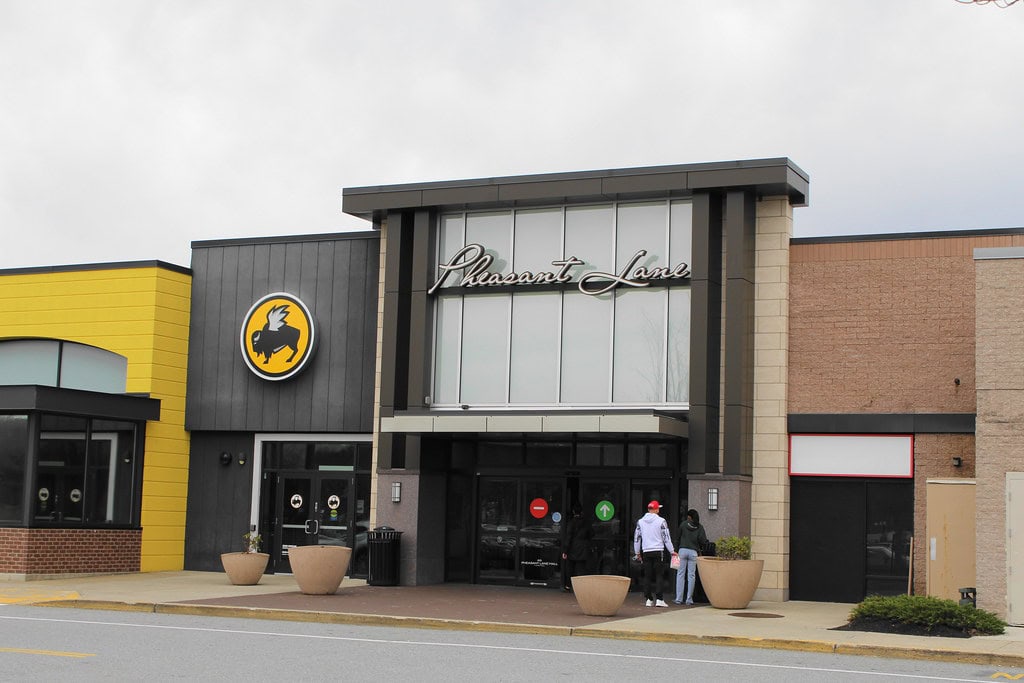
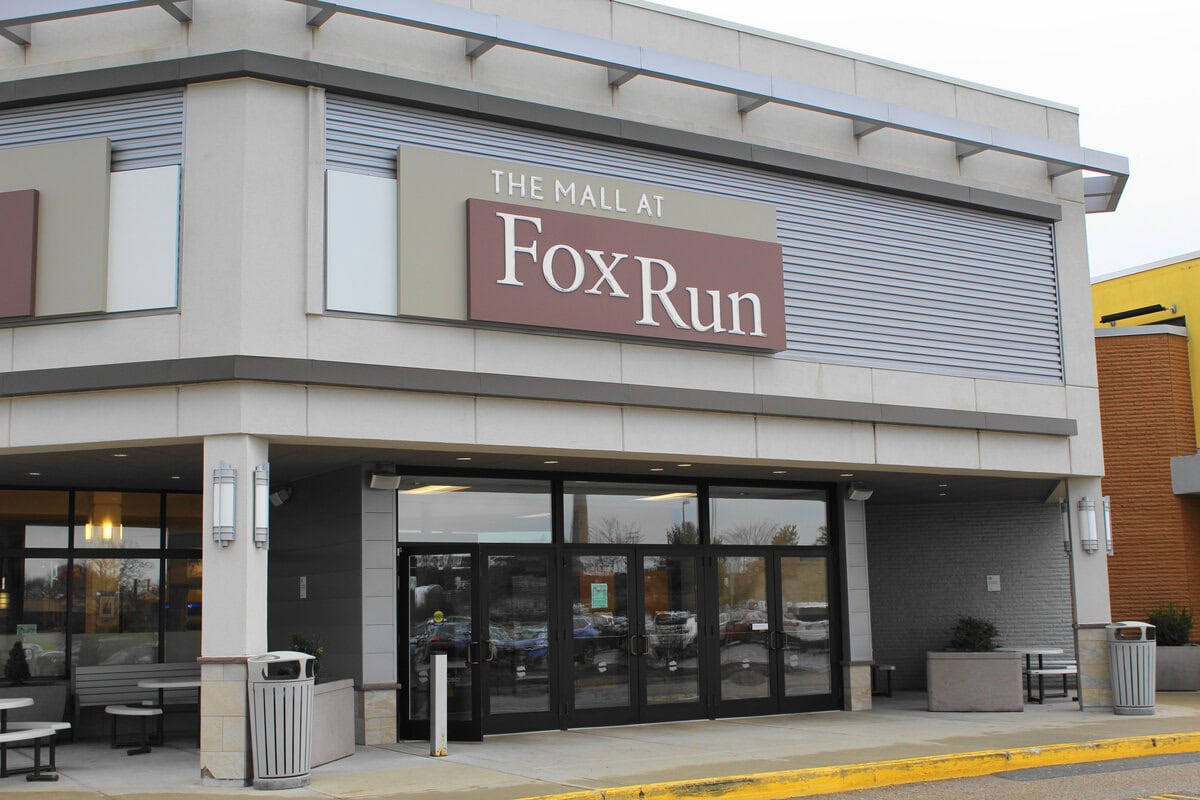

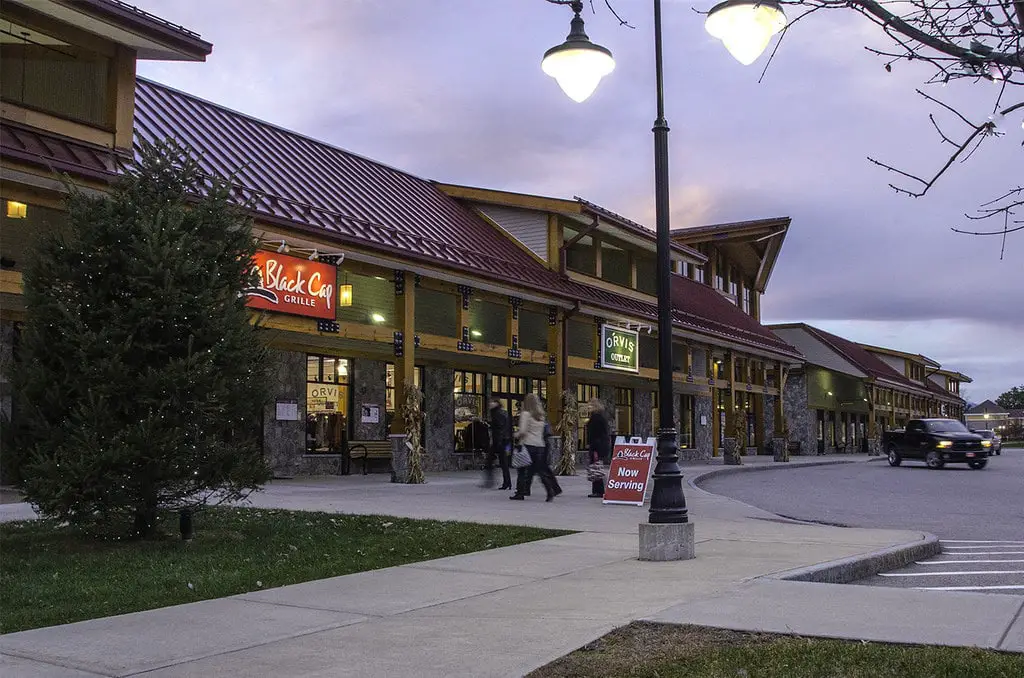
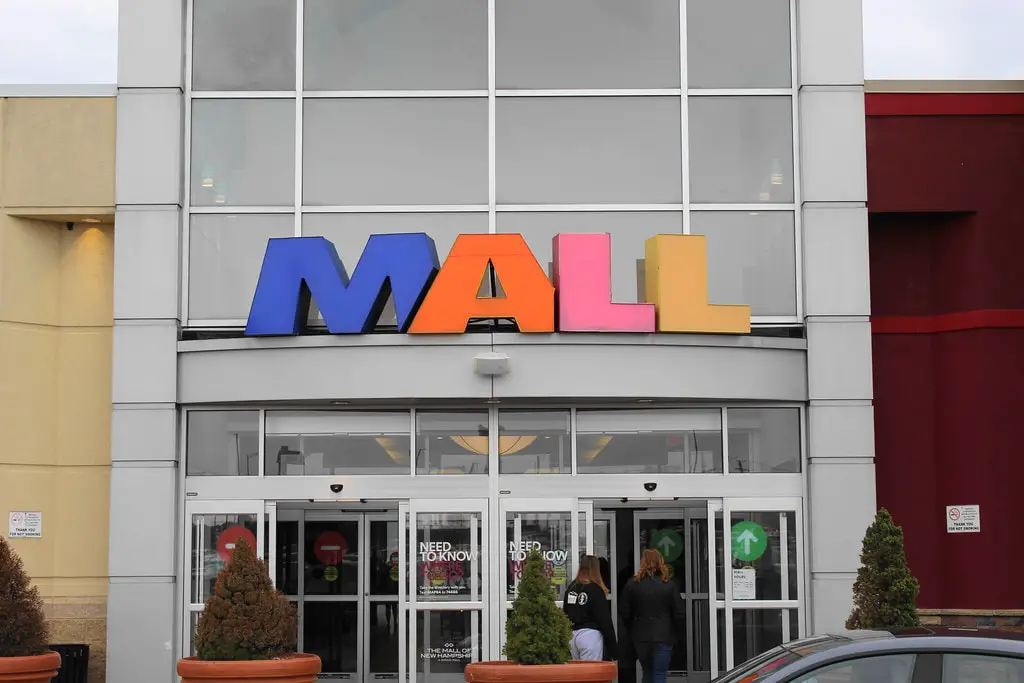
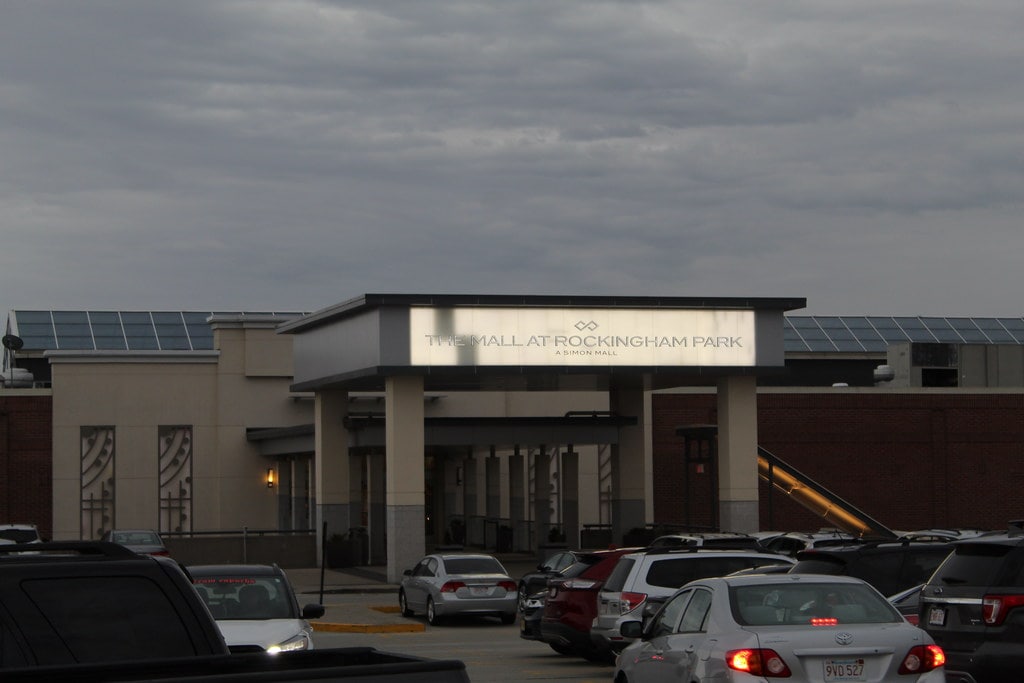
My parents took me and my brother there in the early 60’s. We had a blast roaming around and collecting mica. For years and years I lugged a suitcase full of it from one home to another. Wish I still had it. Glad the place will be open again this year.
I can imagine that suitcase making the rounds with you—moving trucks, new homes, maybe tucked away in a basement or closet. Objects like that tie us to childhood in a way nothing else quite manages.